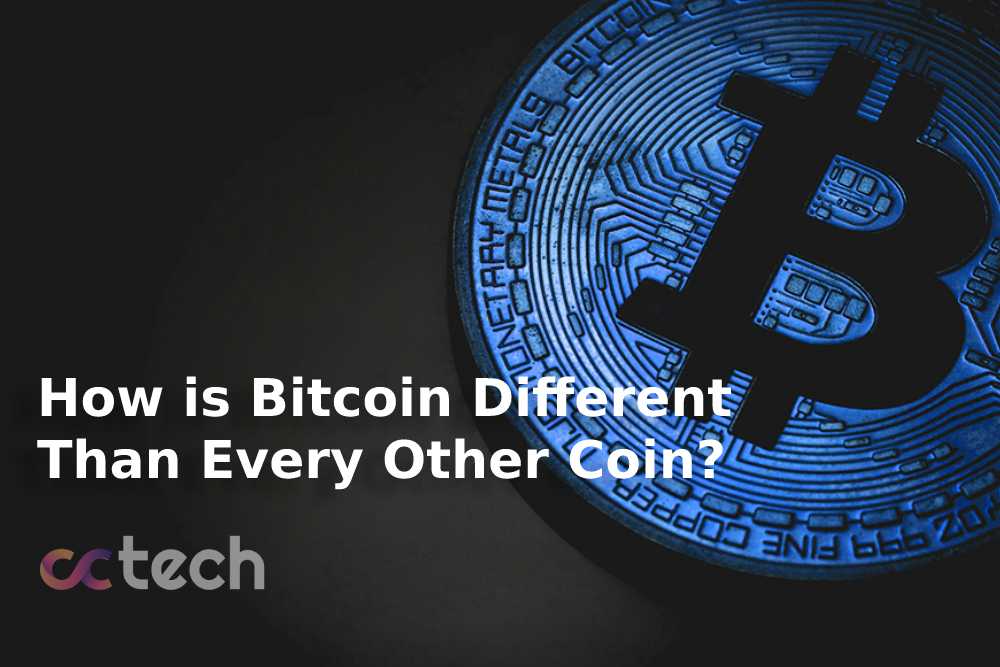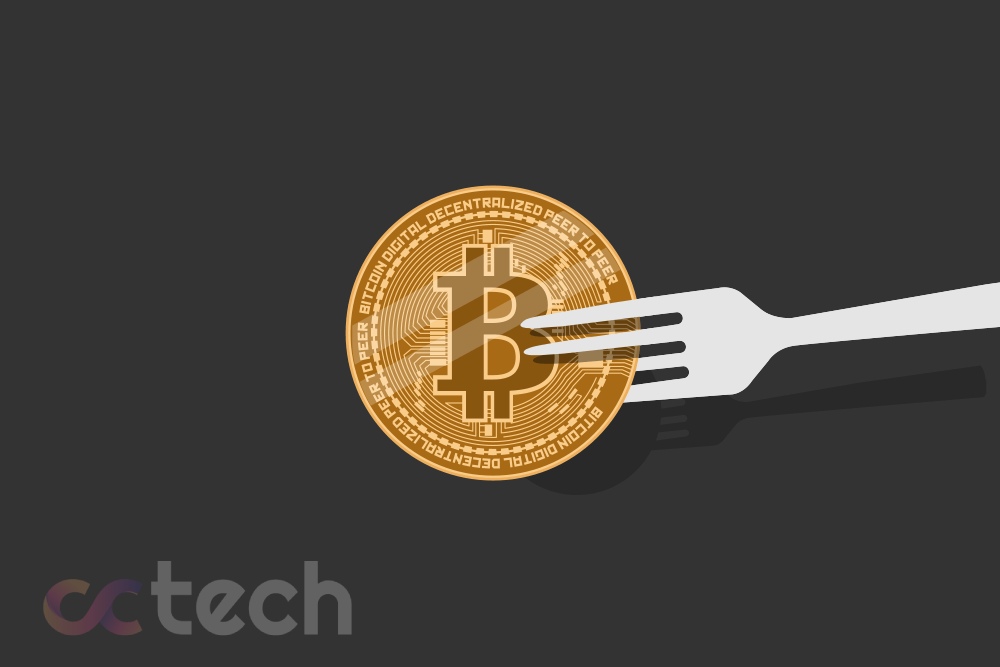
BRC-20 token market
It would seem impossible to turn BRC-20 tokens into full-fledged digital assets with such limited functionality and lack of a developed ecosystem. But in just a few weeks, more than 14,000 tokens have been launched on the experimental protocol, generating more than $200 million in trading volumes per day with a total capitalization of $1 billion. Now it is a full-fledged market.
The total number of transactions using BRC-20 now exceeds 4 million, nearly 7 times higher than with regular Ordinals.
It is noteworthy that BRC-20 still has a poorly developed trading infrastructure. The most convenient trading platforms are:
- The native exchange of the already mentioned Unisat – something between CEX and NFT-marketplace, where Ordinals with Transfer function are exposed.
- Gate.io is the first centralized exchange to flood BRC-20. So far, it’s only a small number of top tokens paired with USDT: $BANK, $PEPE, $PIZA, $BSV.
Also, just the other day there was news that Binance is planning to add support for BRC-20. If this happens, trading volumes, capitalization and prices on BRC-20 may go up even faster. Overall, the BRC-20 market so far resembles altcoins in 2017 and NFT in 2021: it’s not quite clear what it’s for yet, but it’s growing and growing fast.
What does this have to do with memcoins?
As you can see in the list above, 90%+ of all tokens created by BRC-20 are memcoins and their various variations. In fact, it was the emergence of tickers like $PEPE and $SHIB in the Bitcoin network that paved the way for BRC-20, and several factors contributed to the fact that memcoins and BRC-20 became virtually synonymous:
- BRC-20’s limited utility: Bitcoin does not support smart contracts, so BRC-20 cannot be integrated into dApps, and there are simply no cross-chain solutions that would allow them to be ported into the DeFi ecosystem yet. It is simply not possible to run a complex havernance or utility token with allocation and other programmable parameters on BRC-20.
- Tickers: the BRC-20 provides for the creation of a four-digit ticker for interchangeable tokens. This is essentially the only attribute by which one BRC-20 token can be distinguished from another, and for memcoins like $PEPE, the ticker is a brand and value in itself.
- Meme season on Ethereum/Arbitrum: the meme trend rose from the ashes a few weeks ago after the $AIDOGE giveaway. Then this theme took off on Ethereum, where $PEPE caused the maximum greed of traders, showing a growth of several thousand % in just a week. Cryptans are still trying to take something away from this casino while the market as a whole is sideways.
That’s why, when the Bitcoin network got the minimum functionality necessary to launch memcoins, well-known projects like $MEME, $SHIB, BAYC and others, the essence of which can be expressed in 4 letters, formalized BRC-20. Essentially the same thing happened as after the launch of Ordinal Protocol, when all the bluecipes and just recognizable collections appeared as Bitcoin NFT.
Implications for Bitcoin
Like the launch of Ordinals a few months ago, BRC-20 has caused a stir and multiplied the demand for transactions on the relatively quiet Bitcoin network: every deployment, minte, or transfer of BRC-20 tokens is a separate transaction. Because of this, the average fee has risen to $31 in the last few days.
At the same time, whales are willing to pay several hundred dollars just to bypass the huge queue in the mempool.
As in the case of Ordinals, users are divided into fans and haters of BRC-20. The following arguments are being made in favor of the new technology:
- Even if BRC-20 does not become the accepted standard for Bitcoin tokens, it has initiated research in that direction.
- High fees create additional incentives for miners, which in turn increases the security of the network.
- BRC-20 and Ordinals increase the value of Bitcoin by providing users with new opportunities. BTC is no longer just digital gold.
The rejection of BRC-20 is in turn due to the problems these tokens create for the Bitcoin ecosystem:
- Raising the entry threshold: BTC was not the most accessible asset before, now the cost of transactions has made it even more difficult to use the network.
- Queues and delays in transaction processing: unless a user is willing to pay a large premium to miners, their transaction can hang in the mempool for days or even hours.
- Blurring the value of BTC: Some bitcoin maximalists believe that bitcoin’s value lies in its role as a fundamental means of accumulation. BRC-20 and Ordinals, on the other hand, promote speculative assets that make it difficult to use BTC as a financial instrument.
Whether either position is right or wrong, time will tell. For now, BRC-20 look like only a powerful HYIP generator, the main goal of which is to attract as much attention and money of investors as possible to the new sector, including with the help of easy earnings. However, ICOs, NFT and DeFi passed this stage in their time – each of these trends played an important role in the development of cryptocurrencies and brought innovations, without which it is now simply impossible to imagine the market.
Conclusion
BRC-20 is a new, experimental token standard on the Bitcoin network built on the Ordinals Protocol technology. It allows interchangeable tokens to be launched using numbered satoshis to record transactions.
The BRC-20 standard was launched on March 8, 2023 and tokens issued on its basis have a minimal number of features and utilities, but in just 2 months they have grown into a new asset class with a capitalization of $1 billion and more than 14 thousand tokens launched. At the same time, the tools for interacting with BRC-20 and the trading infrastructure are still in their infancy, so this market is only at the beginning of its journey.
The main problem of BRC-20 is the dominance of memcoins, which massively migrated to the Bitcoin network on the background of the Ethereum|Arbitrum memtrend. The associated hype led to transaction delays and higher fees for Bitcoin users, which caused rejection from part of the community. However, memcoins probably became the growth driver that brought the market’s attention back to BTC.








